Coins have been a fundamental part of human commerce for centuries. The design and symbolism of these small pieces of metal tell stories about the cultures that minted them. From ancient times to modern days, coins have evolved significantly. This article explores the fascinating journey of coin designs through various historical eras.
Ancient Greek Tetradrachm
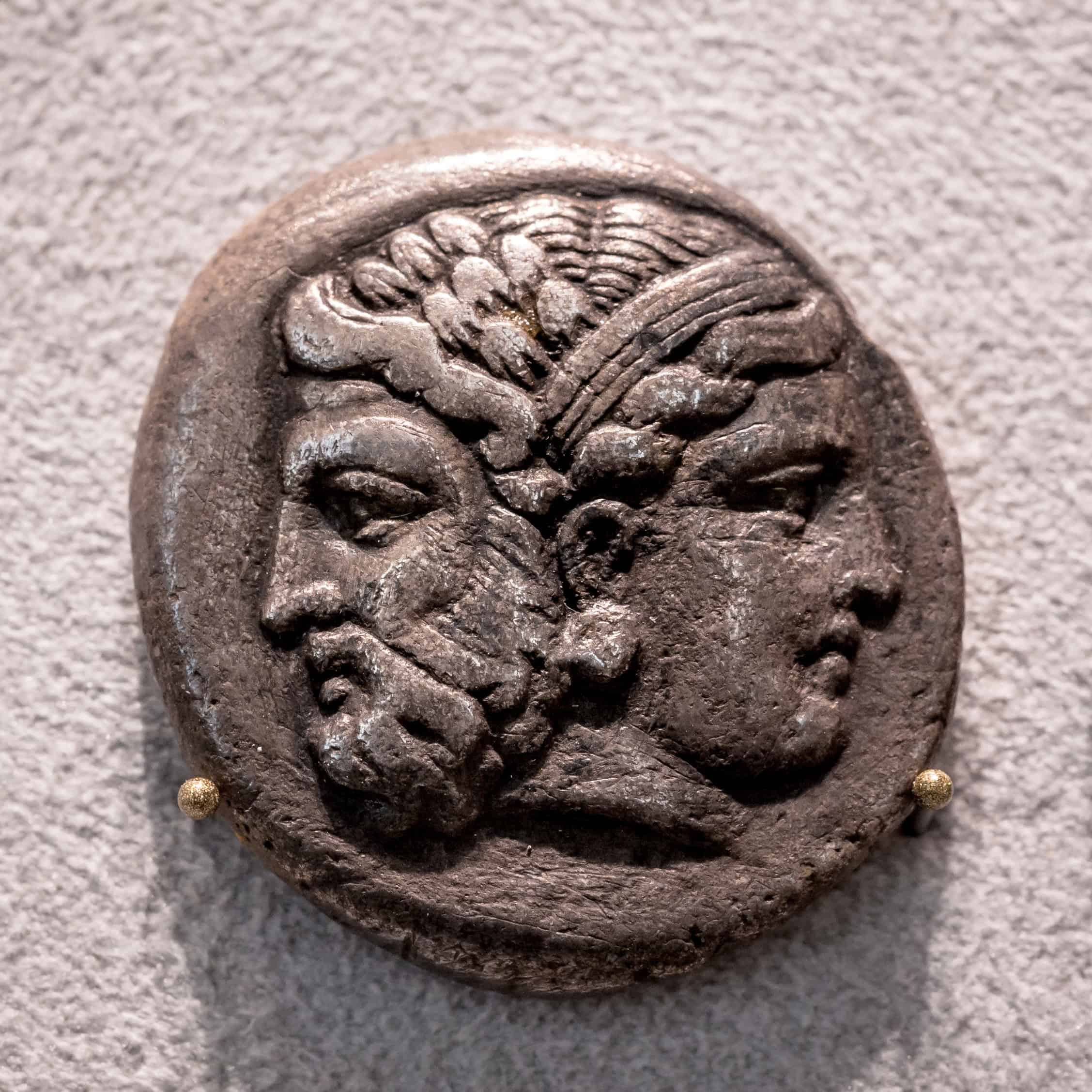
The Ancient Greek Tetradrachm is one of the earliest coins known. Minted around 510 BC, it featured the owl, symbolizing wisdom. On the obverse side, it depicted the head of the goddess Athena. These coins were widely used in trade across the Mediterranean. Their intricate designs showed the high level of artistry in Greek society. The Tetradrachm was primarily made of silver. It weighed around 17 grams, making it substantial for its time. The coin’s detailed imagery was struck using high-quality dies. It helped set a standard for coin design in subsequent cultures.
Roman Denarius
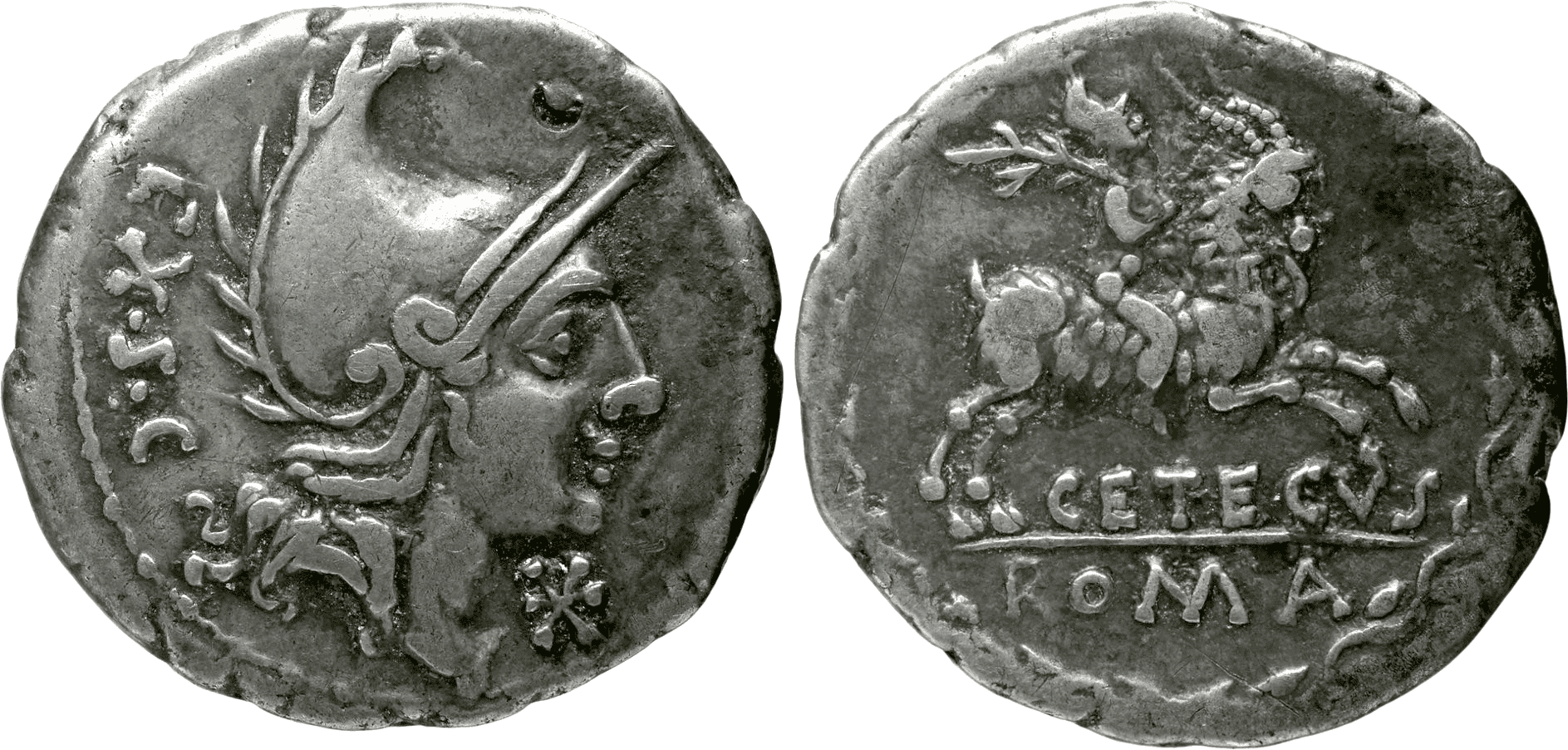
The Roman Denarius emerged in 211 BC. It became a crucial part of Roman economy. On one side, it typically featured the head of a prominent figure, like Julius Caesar. The reverse depicted various deities or significant events. These coins symbolized the power and reach of the Roman Empire. Made of silver, the Denarius weighed about 4 grams. Its introduction marked a shift towards a more standardized currency system. The detailed engravings reflected Roman society’s values and achievements.
Byzantine Solidus
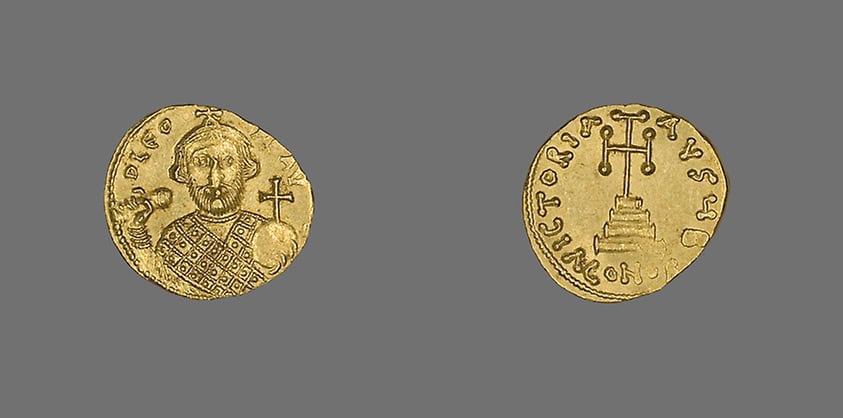
The Byzantine Solidus was introduced by Emperor Constantine I in 312 AD. It served as the Byzantine Empire’s primary gold coin. The obverse usually depicted the emperor’s bust. The reverse often featured Christian symbols like the cross. The Solidus remained remarkably consistent in design for centuries. Weighing approximately 4.5 grams, the Solidus was renowned for its purity. It played a vital role in trade across Europe and Asia. The coin’s stability helped maintain the Byzantine economy’s strength.
Medieval European Penny
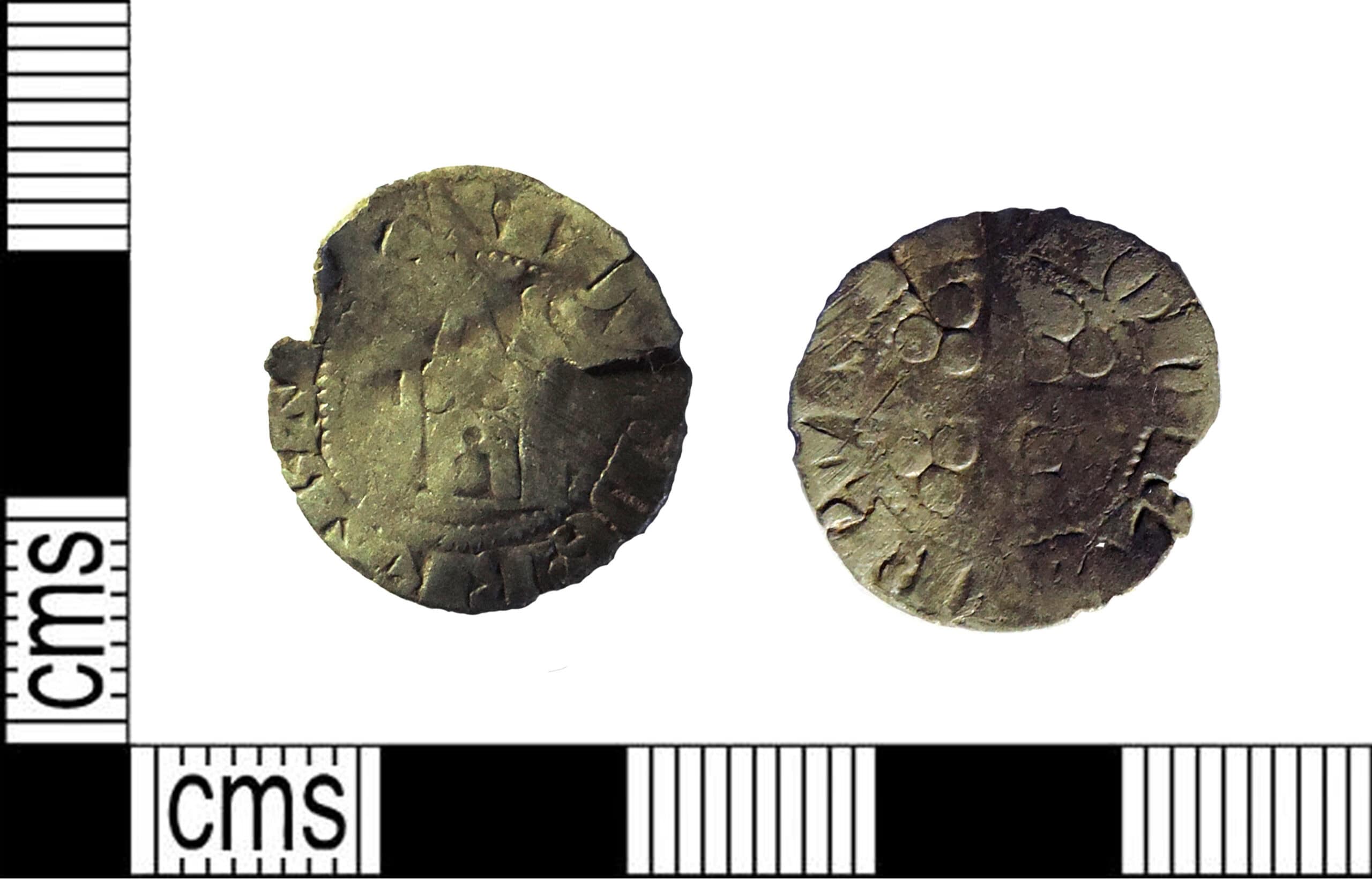
The Medieval European Penny emerged around the 8th century. Initially made of silver, it was a small but significant coin. The obverse often featured the reigning monarch’s profile. The reverse typically displayed a cross or other religious symbols. Pennies were essential for everyday transactions. Their designs varied across regions. Despite its modest size, the penny’s design quality was notable. The coin reflected the medieval era’s intricate artistry. Collectors appreciate medieval pennies for their historical and cultural insights.
Renaissance Italian Ducat
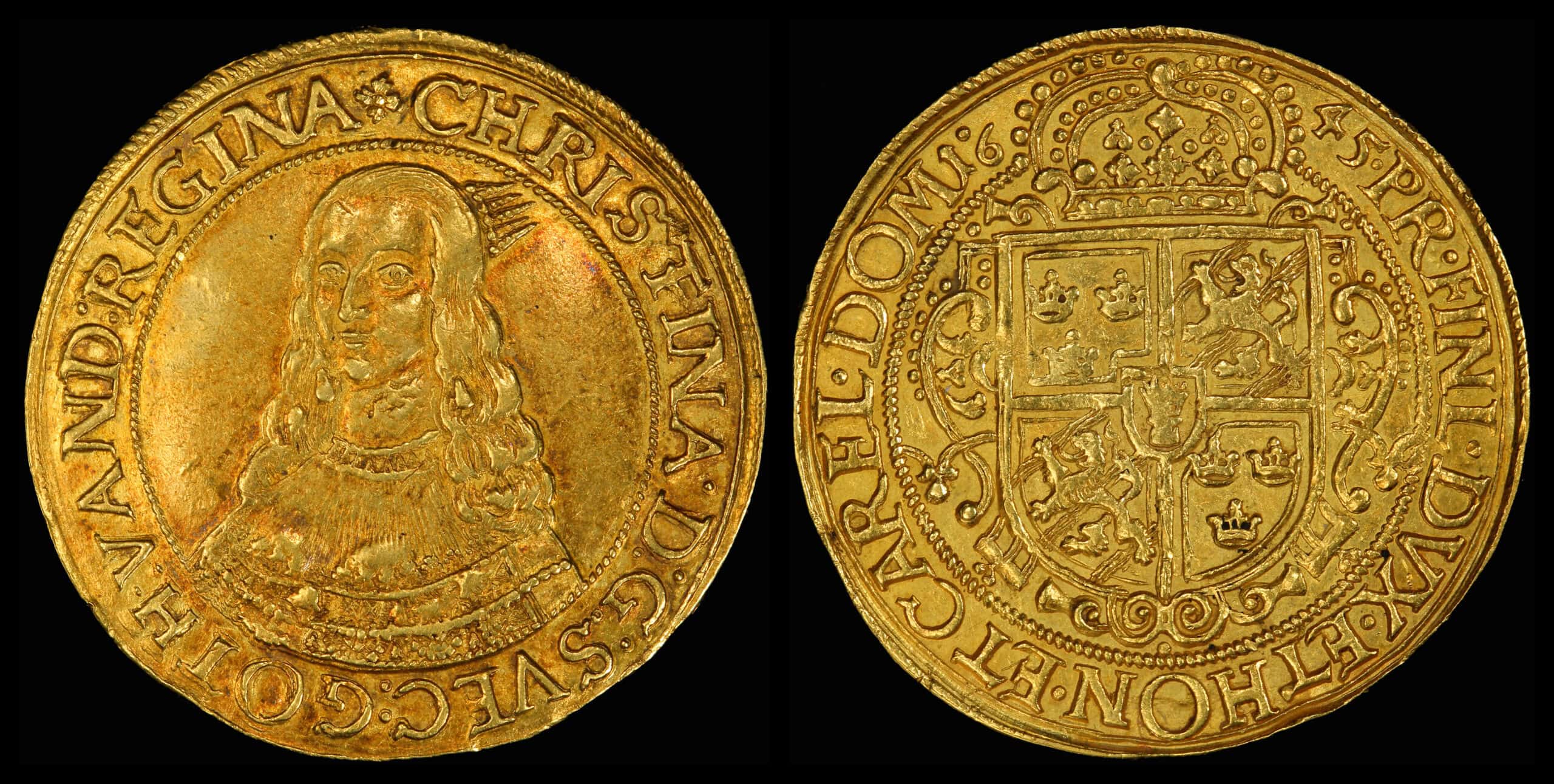
The Italian Ducat gained prominence during the Renaissance. First minted in Venice in 1284, it became widely recognized. The obverse often depicted the Doge of Venice kneeling before Saint Mark. The reverse showed Christ standing. Ducats symbolized wealth and artistic achievement. Made of gold, the Ducat weighed about 3.5 grams. Its consistent design and high purity made it a reliable currency. The coin reflected the Renaissance’s flourishing art and commerce. Today, Ducats are cherished for their beauty and historical value.
Spanish Dollar (Pieces of Eight)
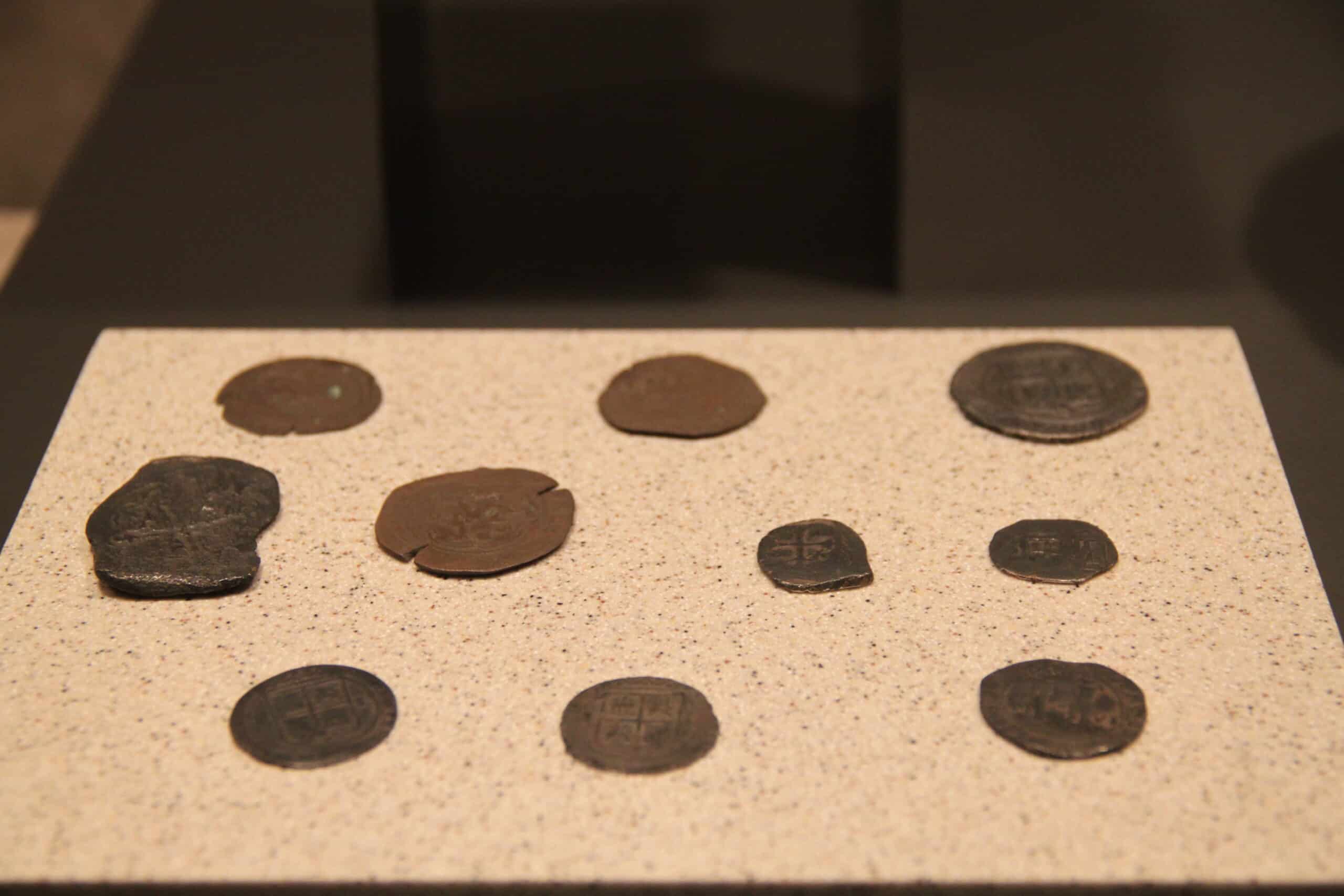
The Spanish Dollar, or Pieces of Eight, became famous in the 16th century. It was widely used in international trade. The obverse typically featured the Spanish coat of arms. The reverse displayed a cross with castles and lions. These coins were crucial in global commerce. Made of silver, the Spanish Dollar weighed about 27 grams. Its large size and detailed design made it distinctive. It influenced many modern currencies, including the US dollar.
British Sovereign
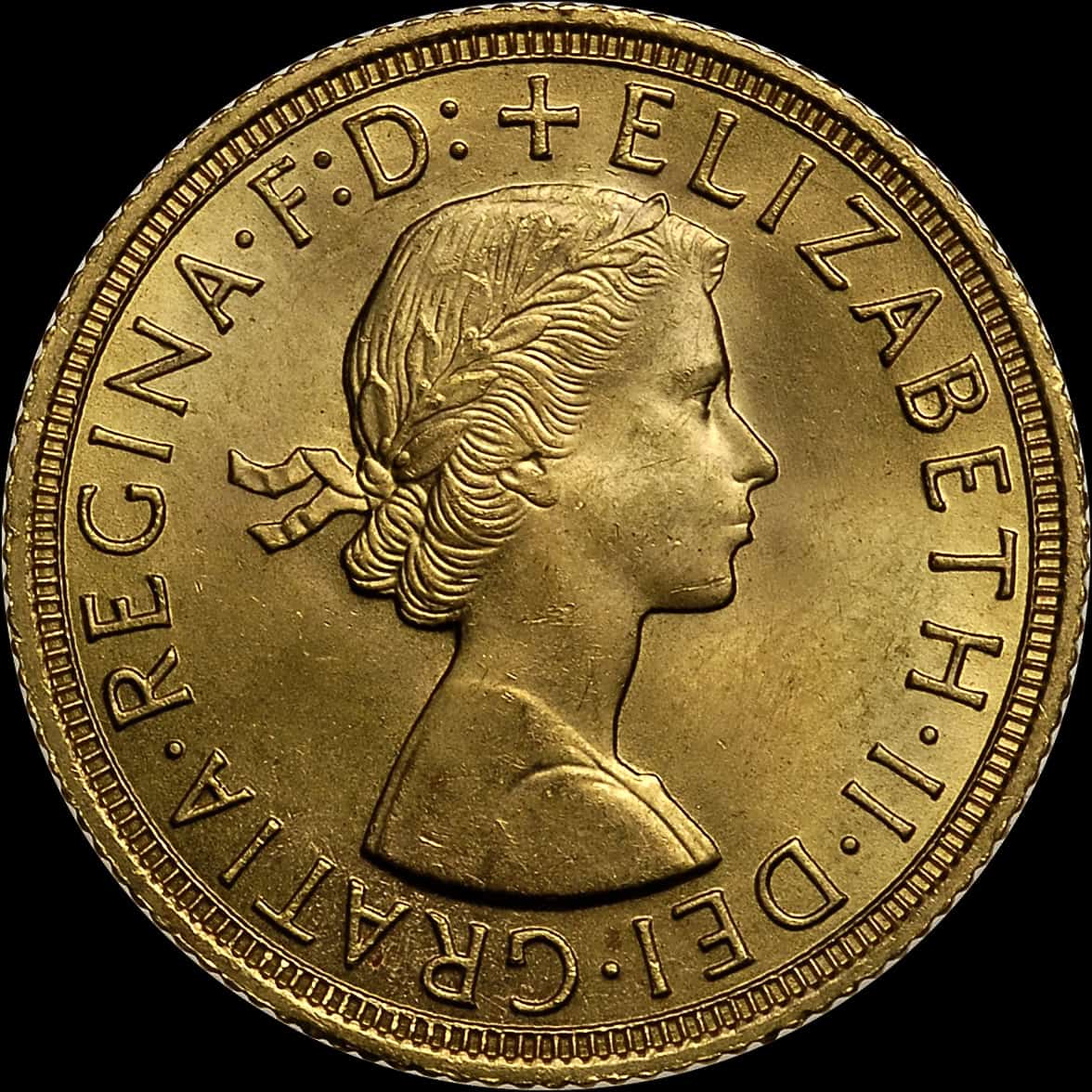
The British Sovereign was first minted in 1489. It featured the reigning monarch on the obverse. The reverse typically depicted Saint George slaying the dragon. Sovereigns symbolized Britain’s growing power and influence. Made of gold, the Sovereign weighed approximately 8 grams. Its design and purity remained consistent over centuries. The coin played a vital role in British and global commerce. Collectors value Sovereigns for their historical importance and artistic quality.
French Louis d’Or
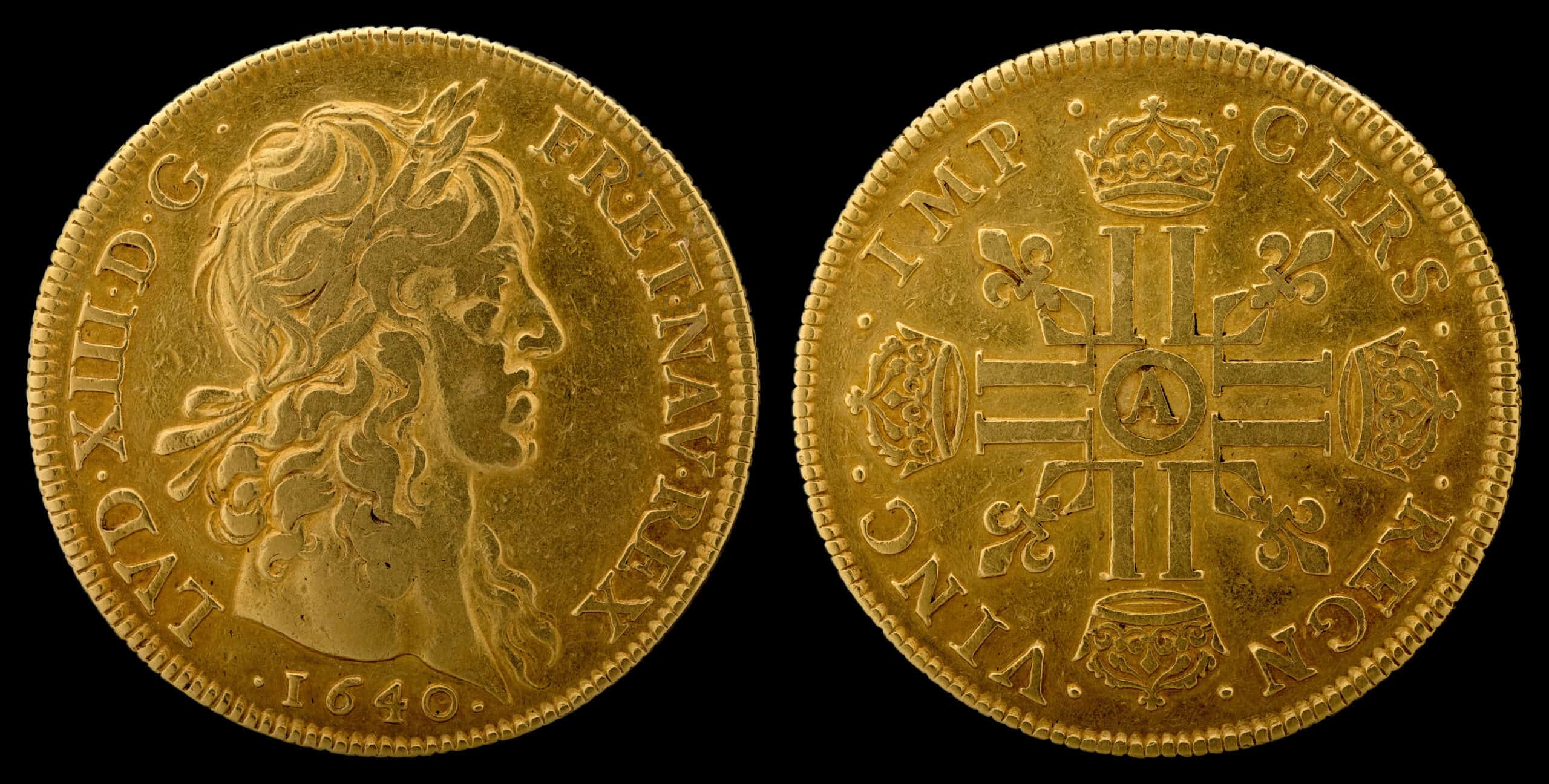
The Louis d’Or was introduced by Louis XIII in 1640. It featured the king’s bust on the obverse. The reverse displayed a cross with fleur-de-lis. These gold coins symbolized French royal power and prestige. Weighing about 6.7 grams, the Louis d’Or was known for its high gold content. Its design reflected the grandeur of the French monarchy. The coin played a significant role in European trade. Collectors highly prize Louis d’Or coins for their elegance and historical value.
American Eagle Coin
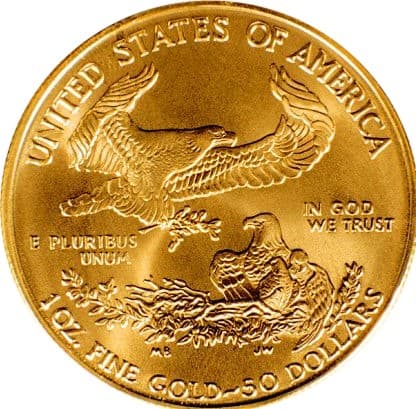
The American Eagle Coin was first issued in 1986. It features Lady Liberty on the obverse. The reverse depicts a family of eagles. These coins symbolize American freedom and strength. Made of gold, silver, or platinum, American Eagles are known for their purity. They come in various weights, catering to different investors. The coin’s design combines modern and classical elements.
Euro

The Euro was introduced in 1999. It replaced multiple national currencies. Early designs featured maps and architectural elements. The coins symbolize European unity. They are made from various metals. Each country has unique reverse designs. Common motifs include famous landmarks. The Euro reflects Europe’s diverse heritage. It is a symbol of economic cooperation.
This article originally appeared on Rarest.org.
More from Rarest.org
12 Unique Sports Played in Only One Country

Unique sports offer a fascinating glimpse into the diverse cultures around the world. Each of these sports is deeply rooted in its country’s history and traditions. Read More.
17 Most Coveted Breeds of Cats Among Enthusiasts

When it comes to feline companions, certain breeds stand out for their beauty, personality, and unique traits. Read More.
13 Most Sought-After Medicinal Plants in Herbalism

Herbalism has been a cornerstone of traditional medicine for centuries. The use of medicinal plants provides natural remedies for various ailments. Read More.
